Every word leads to drosophila
Drawings based on Inktober 2021 prompts - Part I
Since a few years back, I’ve been meaning to do Inktober. What is it? A sort of challenge to make one drawing per day during October.
At the beginning of the month they release a list of prompt words, one for each day. Then, each daily drawing has to be based on the day’s prompt.
It was originally meant for people working with ink on paper, but has since been adopted by all sorts of visual artists, as a nice way to exercise creativity.
I gave myself a few more rules, because I am crazy like that. I decided that each prompt had to be related to some aspect of Drosophila biology or research done with flies. I had to write a small text explaining and give some references. Also, make it bilingual (English-Spanish). And try to explore different techniques, styles, and color schemes (make it an opportunity to learn).
Ana and I released each daily assignment on Instagram and Twitter. Ana served as editor extraordinaire, community manager, proofreader, and critic. She is great.
This is part one of three articles. Each drawing has the text from the Instagram post below each picture and some comments on the process, the inspirations, and some reflections.
Read on to see how it turned out.
01. CRYSTAL
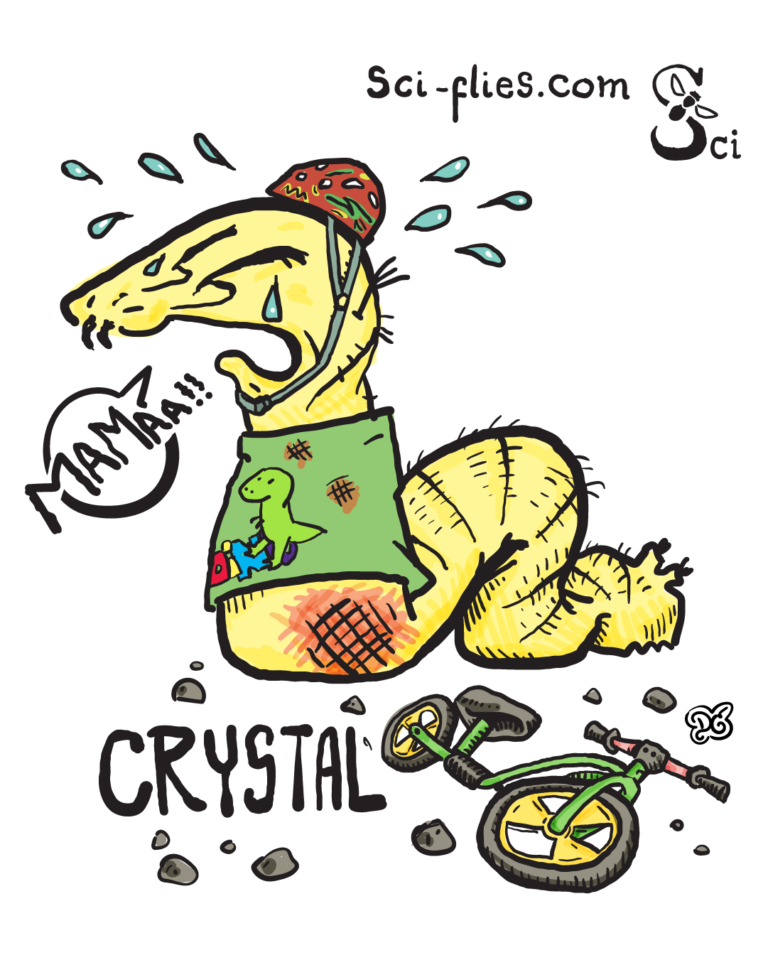
Drosophila larvae are used to study the process of wound healing (like when they fall from their little training bikes).
During wound healing, special blood cells called Crystal cells travel to the wound site and are necessary to plug the wound and form a scab.
Crystal cells get their name from tiny dark crystals they have inside which seem to be necessary for this process.
This is the first #Inktober prompt: Crystal.
I also show a little bit of my process to make the drawings. I make and ink sketch (that is the ink part) on a tiny pad paper square during work when I get an idea. Then I take a picture with my phone and whenever I have some time, I download the picture from #Google Photos and trace on top of it using either #adobeIllustrator or #autodesksketchbook with an old #wacom Bamboo tablet.
Ana had been doing near-daily Instagram posts during September. On October 1st I arrived at the lab and saw an Inktober day 1 post from someone we follow. That’s when I remembered I wanted to do this as an excercise and, since the Inktober hashtag is very popular, I thought this would be a great idea to attract people to see our content.
02. SUIT
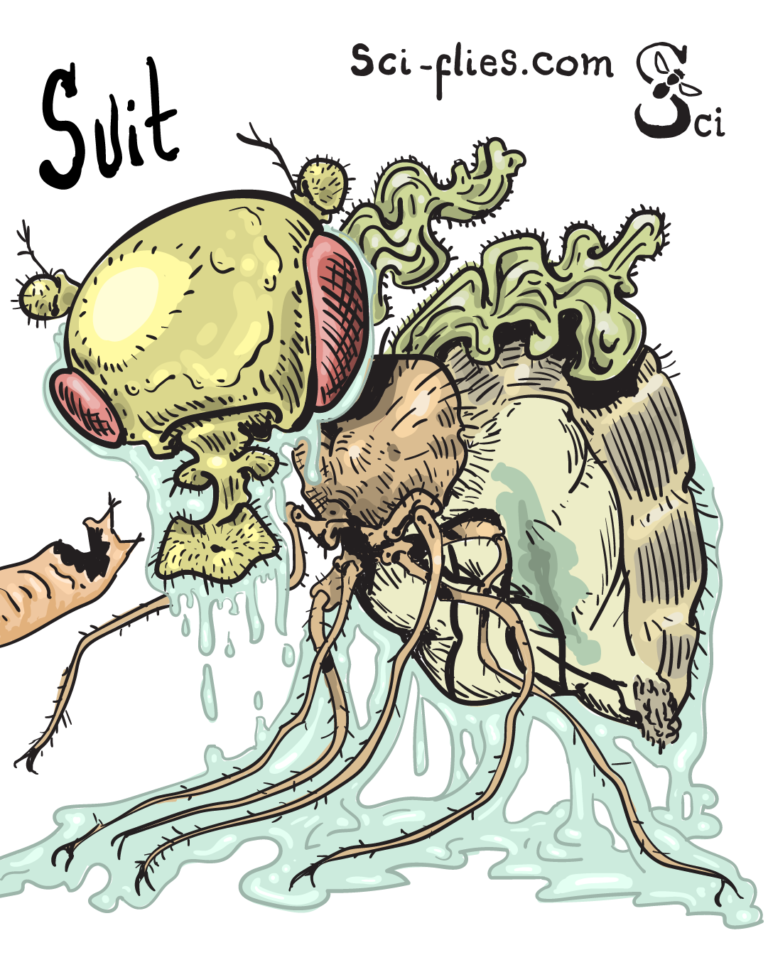
The #suit of armor of the fly, its exoskeleton.
After the adult fly leaves the puparium, the exoskeleton is soft, the wings are folded and the head all blown up. Later, wings will unfold and the exoskeleton will harden.
I am using the prompts from #inktober though, my sketches are ink and I turn them into #digitalart #digitaldrawing . I am also trying to go into a less straight interpretation of the prompts. I hope I last until the end!
For some reason this one had a lot more “likes” than the first one. Even though I was doing this for myself as a challenge and for the communication of science, this was nice 😄
03. Vessel
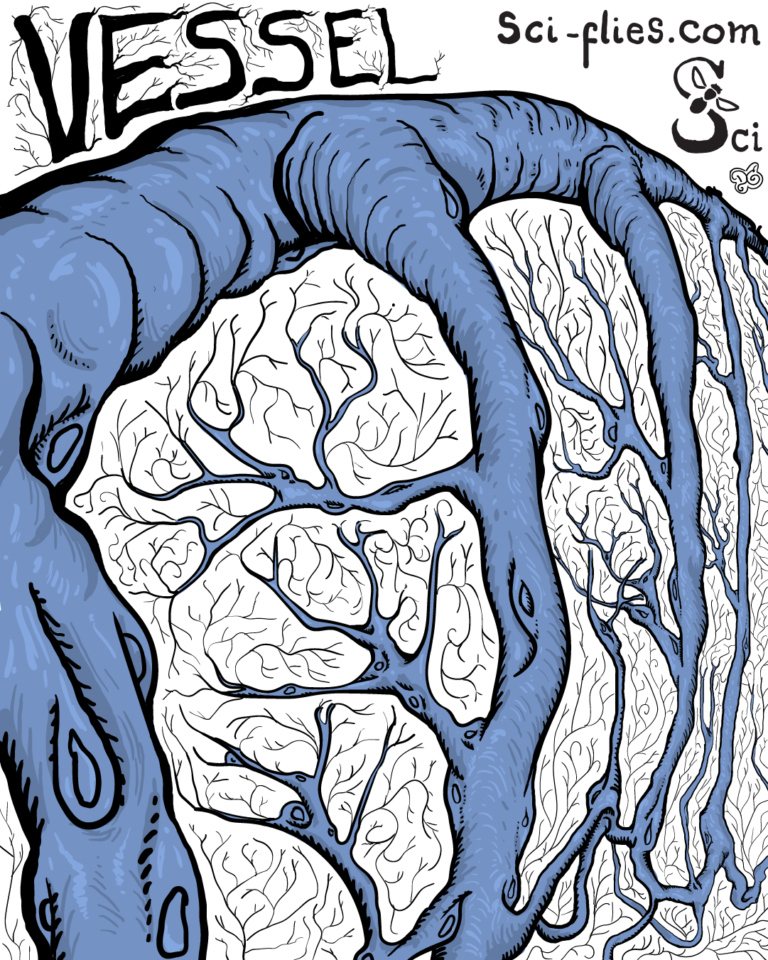
A trachea or a blood #vessel? Drosophila flies are used as a model to study the development of blood vessels.
But how? Flies don’t have veins and arteries. Flies have an open circulatory system, their heart pumps blood openly within their bodies.
Well, they have a tracheal system. It is a network of tubes that allows air to come inside the fly and gets oxygen to every organ and cell.
The development of this branched system shares many genes and features of our own circulatory system. The study of how trachea get to cells and organs also helps understand how blood and oxygen gets to tumors in human cancers.
This is day 3 of #inktober2021 (I am already running late 😁 on the assignments!)
On this one I imposed myself further crazy rules. Start the post with a title that includes the prompt word with the hashtag and make a sort of logo for the word in the drawing that more or less goes with the design of the drawing. I started falling behind on the schedule here, because I could not figure out the background color. I finally decided to add all the branching lines and I liked it.
04. Knot
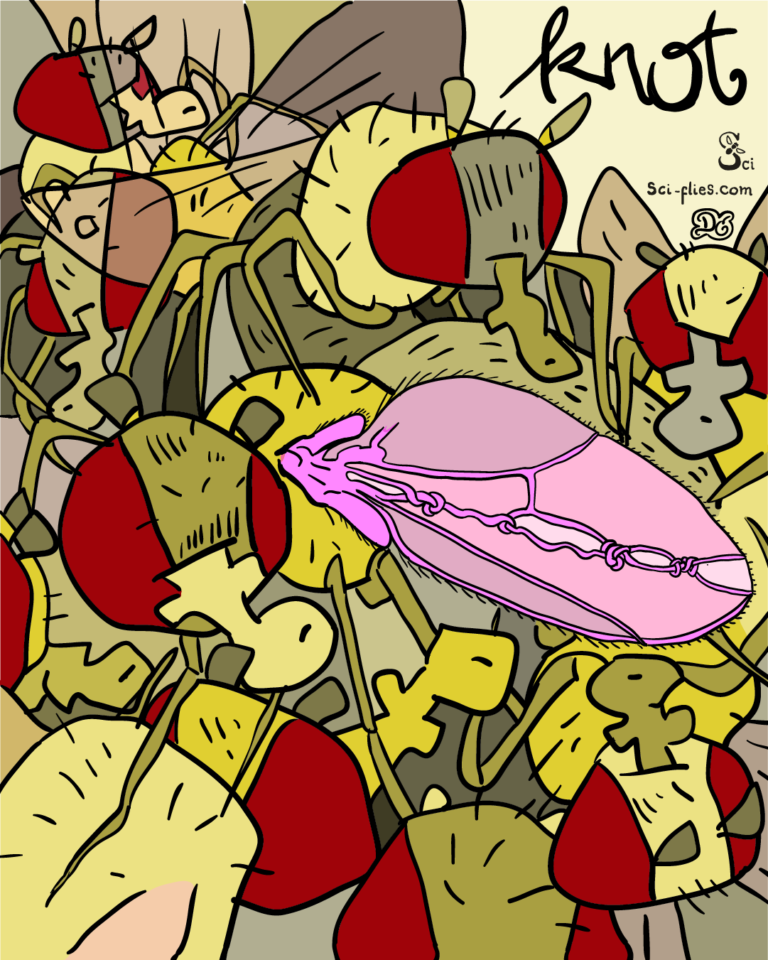
A #knot on the wing. This is the day 4 of #inktober2021.
There is a gene named knot, which is important for the formation of the central veins of the wing. When scientists mutated this gene, the central veins of the wing appeared to be tangled up in a knot.
In developmental biology, scientists usually mutate genes (damage, change, or eliminate genes) and observe how this modifies body parts.
Later, scientists combine different mutations in different genes to deduce and demonstrate how genes interact to make a proper fly.
I really like this one.
05. Raven
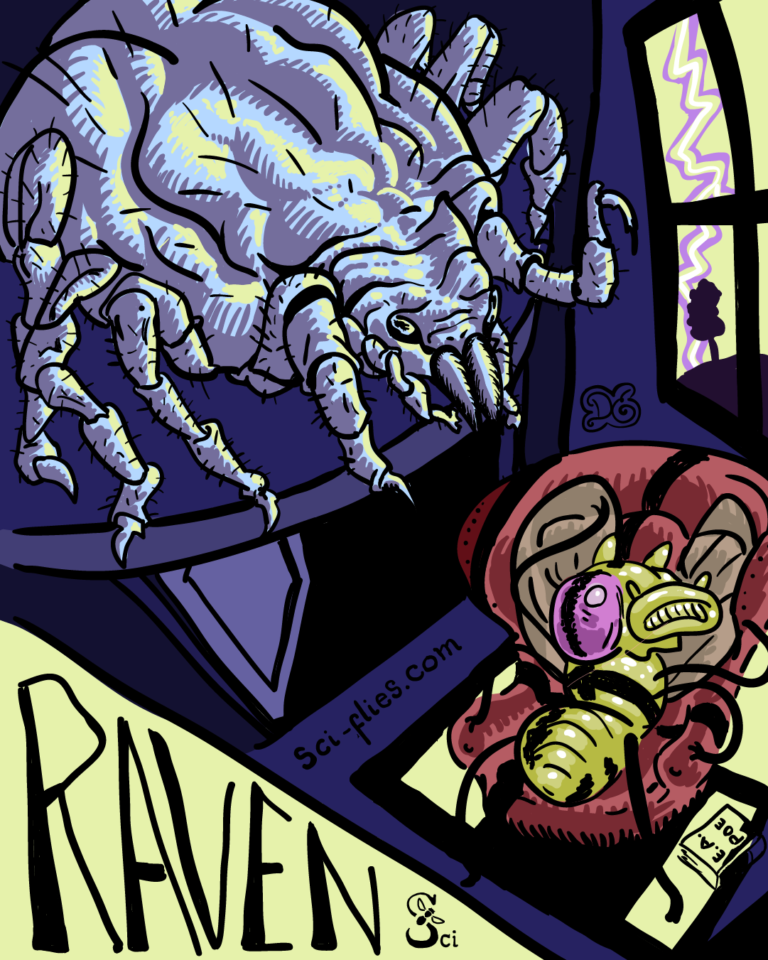
A #raven is traditionally, in some cultures, a sign of bad omen. For fly people #mites are our ravens. A mite in a vial may be the harbinger of doom, a presage of an incoming invasion. Technicians will signal the end of days and set everyone to flip vials and check stocks. Precious lab time may be lost to the preventive efforts. One may be inclined to hide or omit. But if an infestation is confirmed, it will mean full stop. All may be lost. And our pleas will only hear “nevermore”.
This was my interpretation for day 5 of #inktober2021. For this one I had a second, digital sketch after the pen sketch. I am having fun.
This drawing is one of my favorites and one of the least interacted with. Also the first with anthropomorphized flies. Regarding mites, there will be a post that (nobody asked for and few will probably read) about this subject soon.
06. Spirit
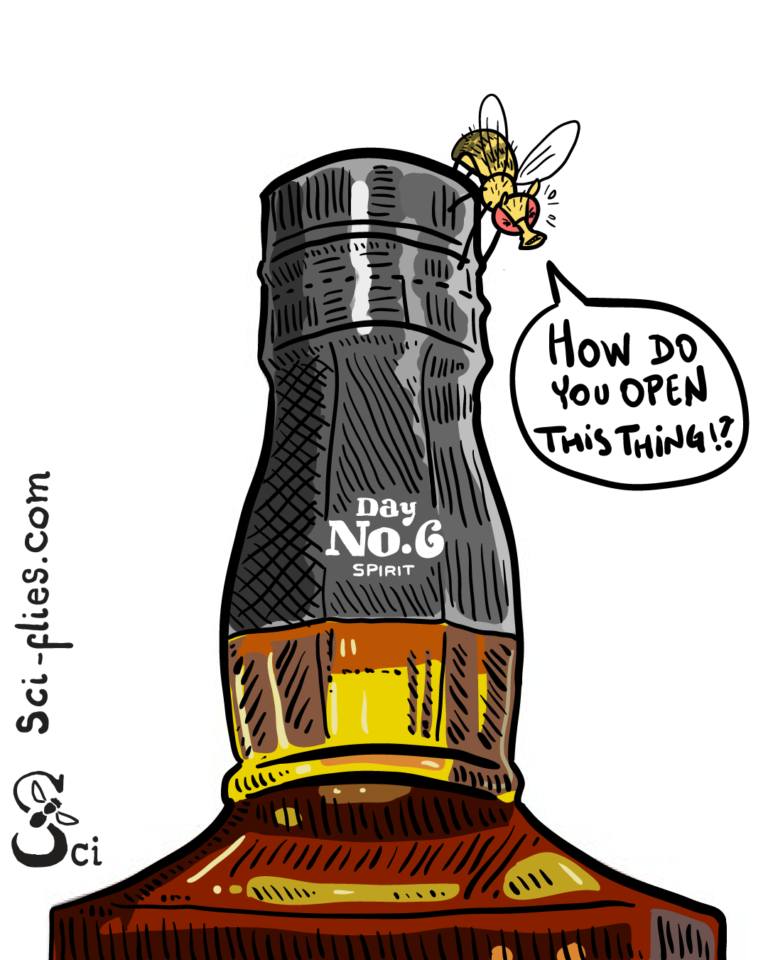
Flies love a good #spirit. Flies can be a good model to study the neurological bases of #alcohol use disorder. Alcohol has a similar effect in flies as in humans. Hyperactivity and disinhibition followed by loss of coordination and cognition.
Flies can learn to crave alcohol, they can develop tolerance to it, and when they don’t get enough, they have withdrawal symptoms.
This is day 6 of #inktober2021. I am catching up! For this one I did not do a sketch, I came up with the idea, searched for a #jackdaniels picture and drew based on it directly on #adobeillustrator.
If you like what we do, please share, like or comment. Or visit sci-flies.com for more fly science content.
After drawings that took me a long time to finish, I came up with this idea, which was fun, nice looking, well liked, and fast to make.
07. Fan

Hot summer night. The #fan shaped body in the #drosophila #brain is a central structure that controls #sleep. This part of the brain receives the information on how badly the fly needs to sleep and sends signals to induce sleep.
This is day 7 of #inktober2021 the prompt is Fan.
This is when I was still writing short. After this one, it got longer and then started adding references. I drew the apartment very similar to where I lived in Buenos Aires, a city that is hot and sticky in the summer. Also, joke for the savvy, the fly is moving his wing and smiling while sleeping. In a later post, I explain that wing movement is an essential part of courtship behavior…
08. Watch
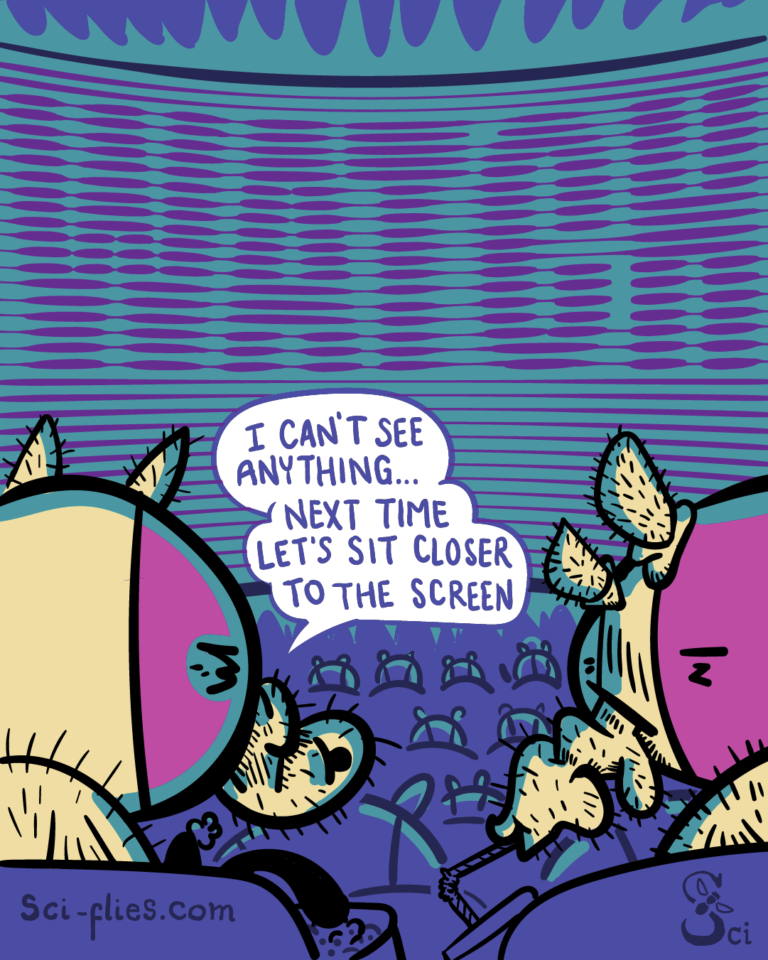
#watch it in color (though blurry). Drosophila flies have compound eyes, containing around 700 units called ‘ommatidia’.
These are not equivalent to having multiple human eyes, and they most likely do not see the world as a mosaic or a pixelated space.
Their eyes look different than ours but in the end, they produce a similar image of the world.
Compared to human eyes, fly eyes have a very poor resolution, though. Like an extreme case of shortsightedness (like a 14 diopters myopia).
They can see in colors and are most sensitive to UV, blue, and green light. They don’t see reds.
With the genetic tools available, the study of vision in flies has given a great amount of knowledge on how insect vision functions.
I am late again! Work and a sick toddler make it hard to keep up. This was day 8 of #Inktober2021. I had fun reading reviews about Drosophila vision.
If you liked this one, head to the profile and take a look at the previous ones. Give’em a like.
I drew the word watch on the screen by pieces and assembled it. I did not use effects to create the binning effect, only to give it the bend. I read some papers and three reviews to write the small text; it was fun and gave me peace of mind that I am not saying things wrong, but took some time.
09. Pressure
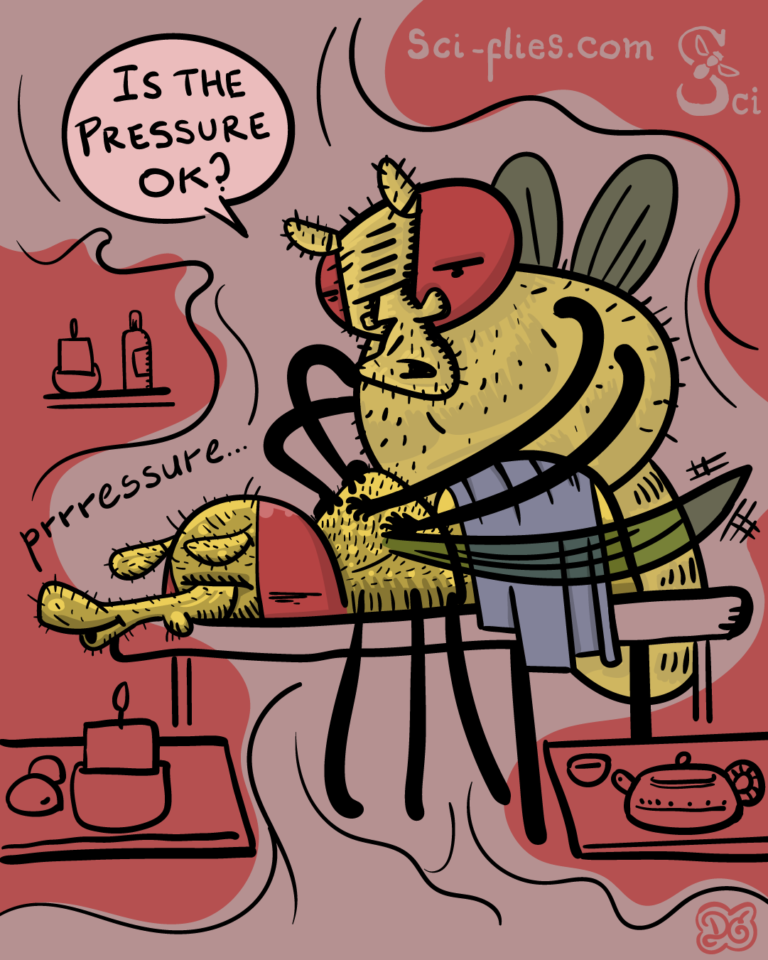
Feel the#pressure. #drosophila #flies like soft food, smooth surfaces to lay their eggs, and softness in general.
Then, how do they recognize softness if they are covered with a tough cuticle suit of armor?
Well, their #exoskeleton is covered in tiny hairs made of the same cuticle, all of them pointing backward.
There is a neuron attached to the base of each hair. When the hair is pressed down towards the body it bends the neuron.
This mechanical twisting activates the neuron directly. The pressure on the hair is almost instantly converted into a neuronal signal.
This is day 9 of #inktober2021. I based the text on a nice new review on the senses of Drosophila flies by C. Montell and the original paper by Walker, et al.
This is one of those in which I laugh internally at my own joke because I find it very funny and silly, and I act out the expressions while drawing. Thinking about the oily hairy back of the fly receiving the massage and the stoic attitude of the massage-giver was funny. I searched for references to draw the massage parlor paraphernalia.
10. PICK
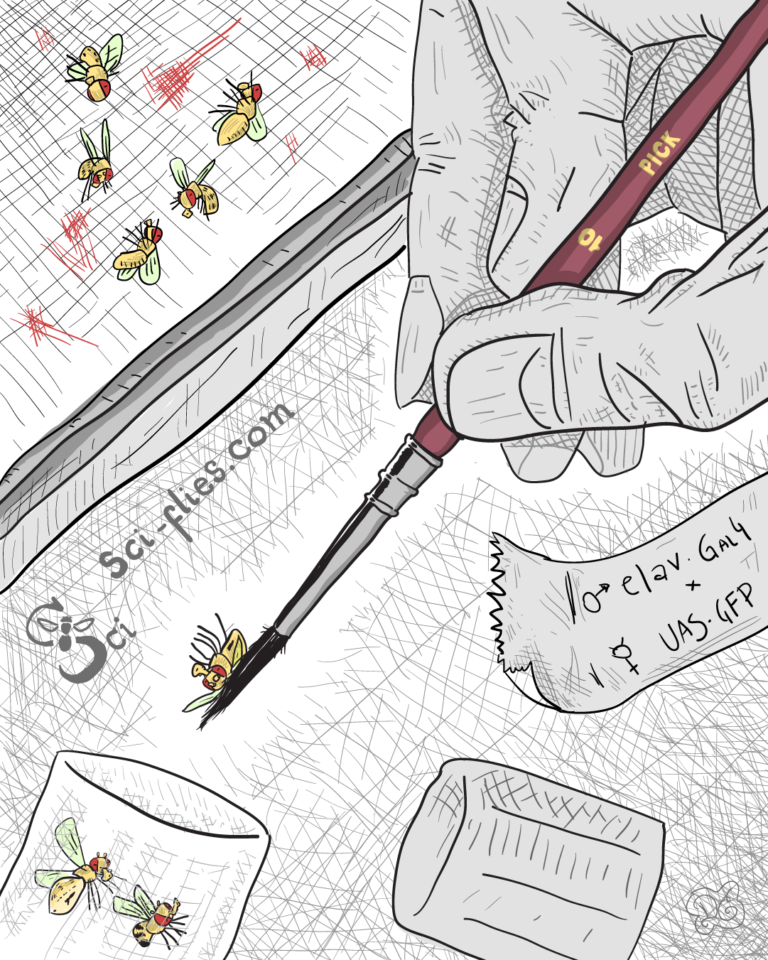
I #pick you 💕. Working with #drosophila flies is great because of the number of genetic tools available. To use those tools we must make controlled crosses between chosen male and female flies. For this, we anesthetize the flies with carbon dioxide, sort them out under a scope, and pick the ones we need using a brush.
Because of this, what we do is called with affection “fly pushing”.
This was #inktoberday10 of #inktober2021. It took me a while, I hope I can catch up soon. I tried something different and had a hard time finding coloring that satisfied me.
Ugh, coloring this one was hard. I made the drawing quite fast, but could not come up with the right colors. Finally I decided to do this sloppy etching that I like. I have no patience or time for true etching, but I like this style, it is very me. Then I realized that keeping it in grays and focusing on the brush and the flies with the colors went well with the idea of talking about fly-pushing. This was the most liked and shared on Twitter. It got to fly people, and fly people got it.
That is it for Part 1. Two more to go!
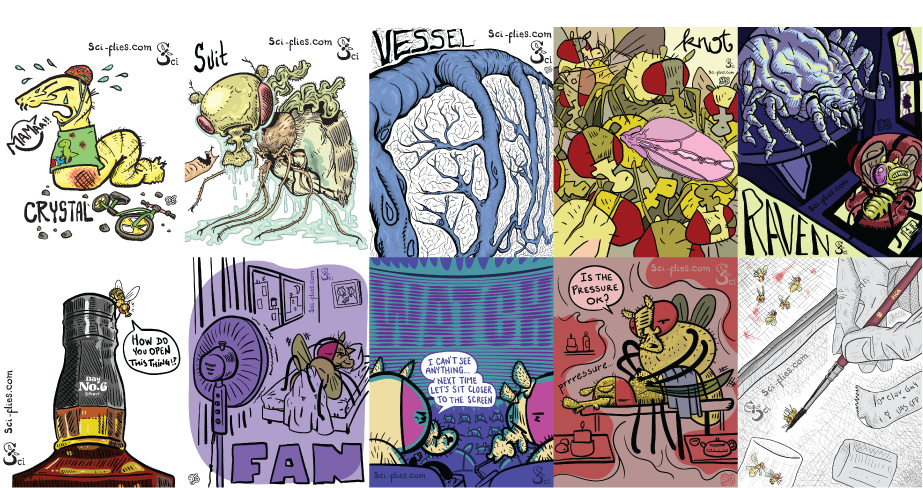
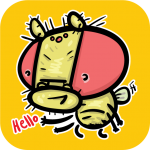

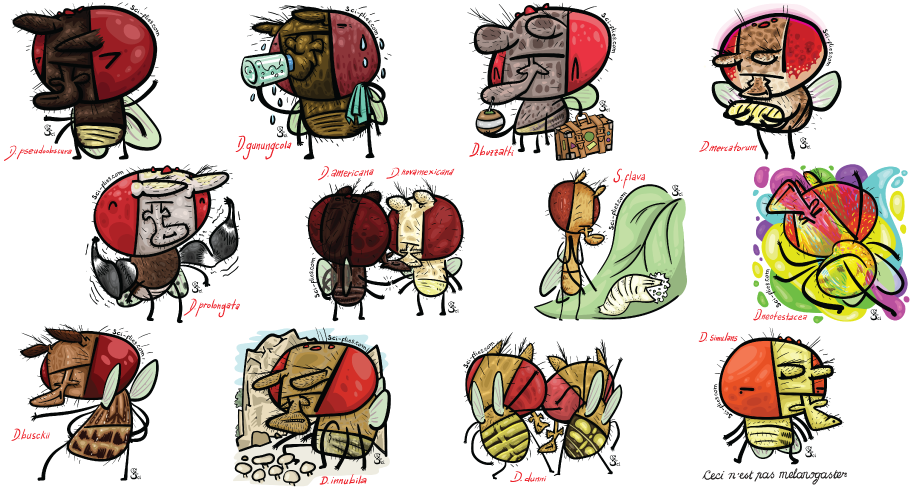
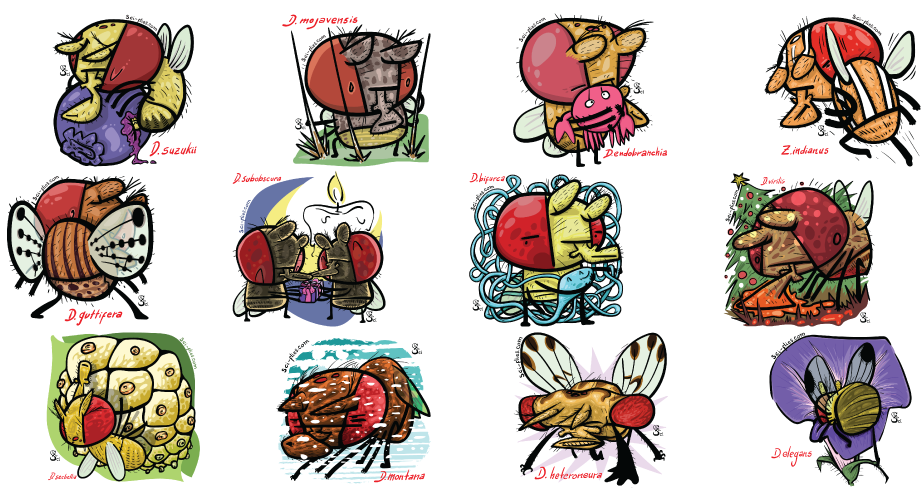
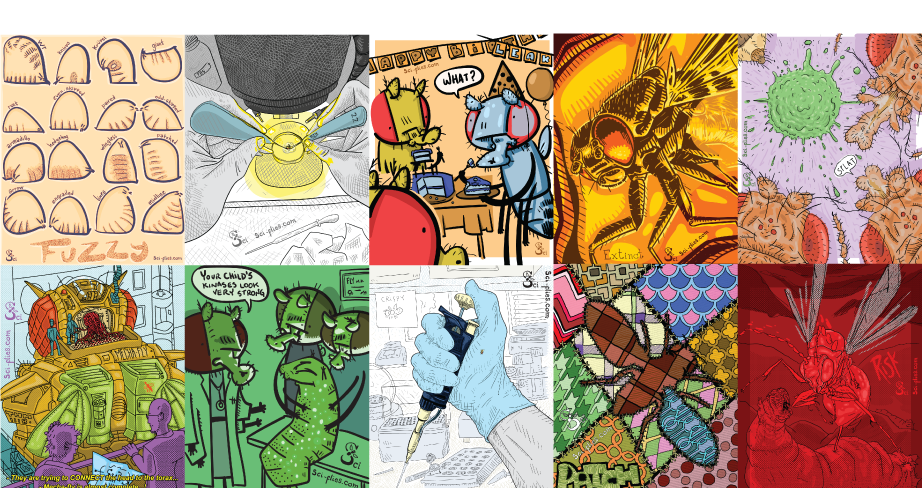
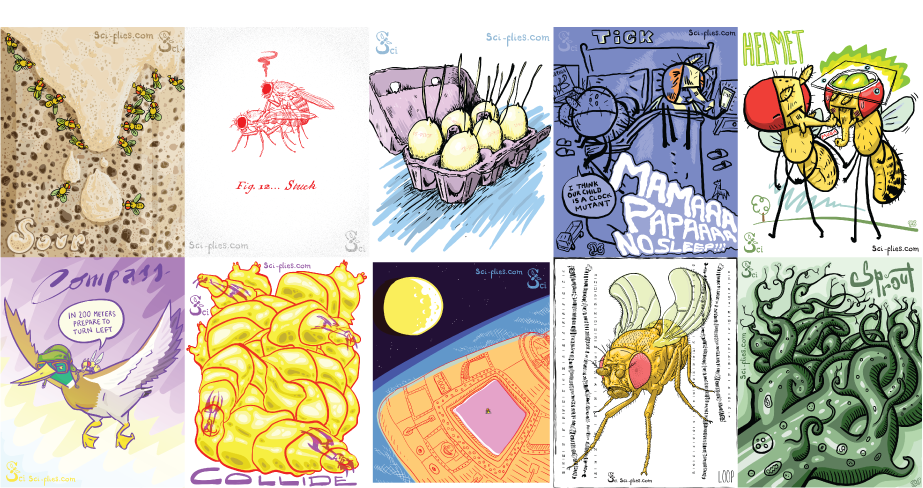
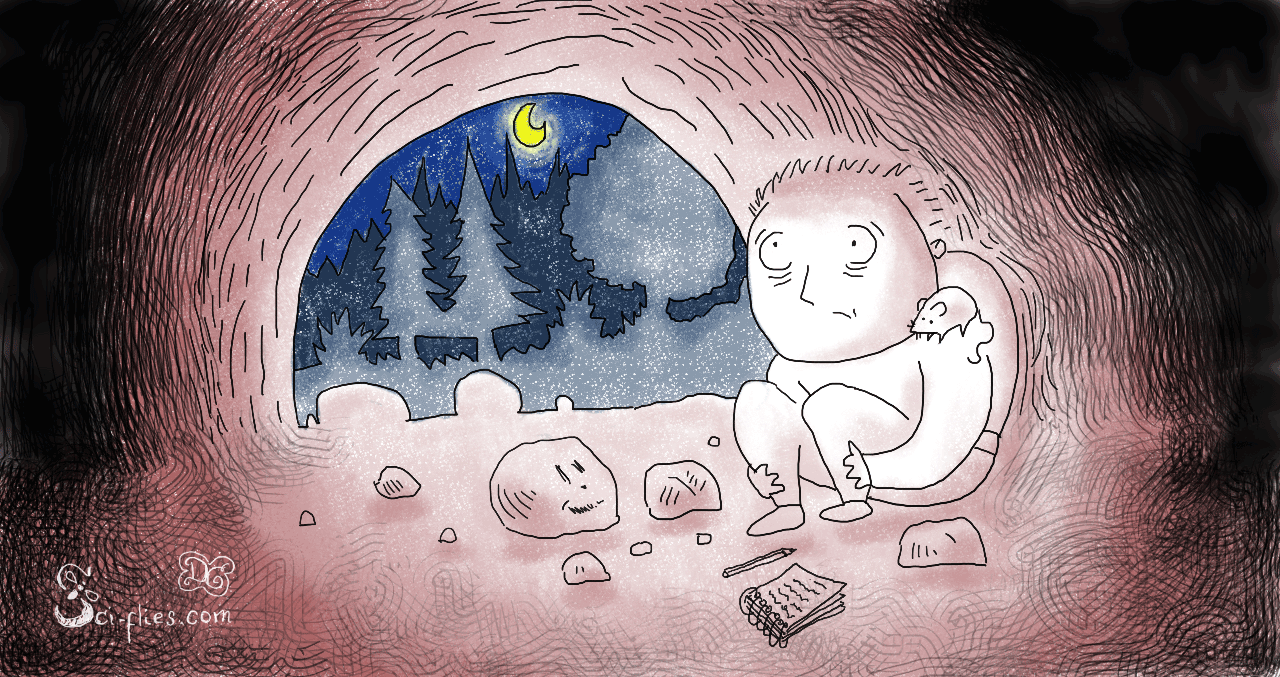
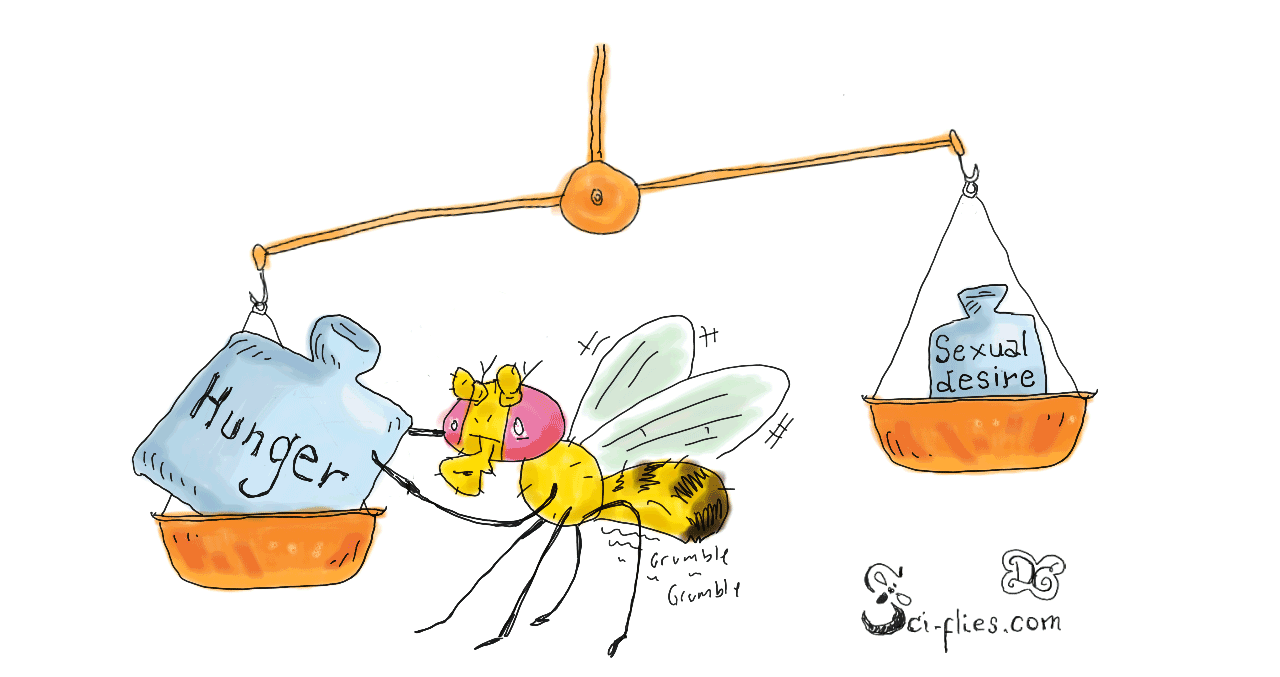
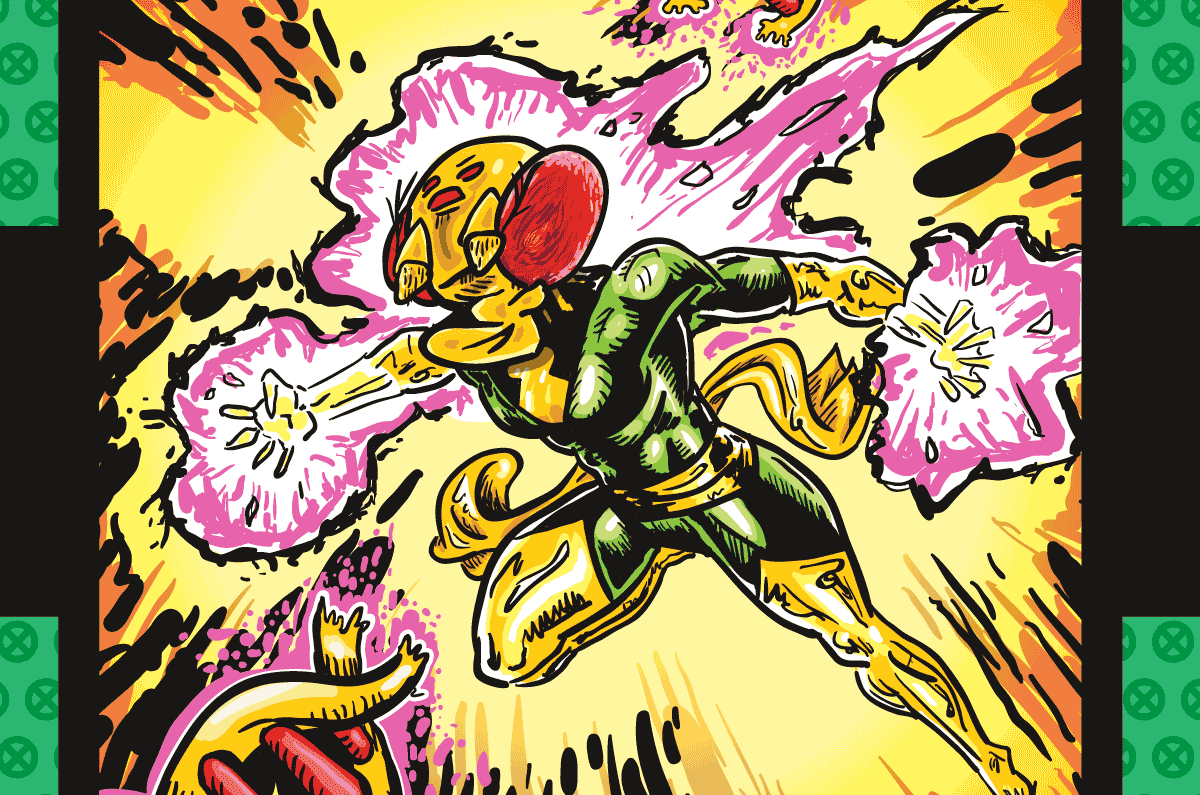
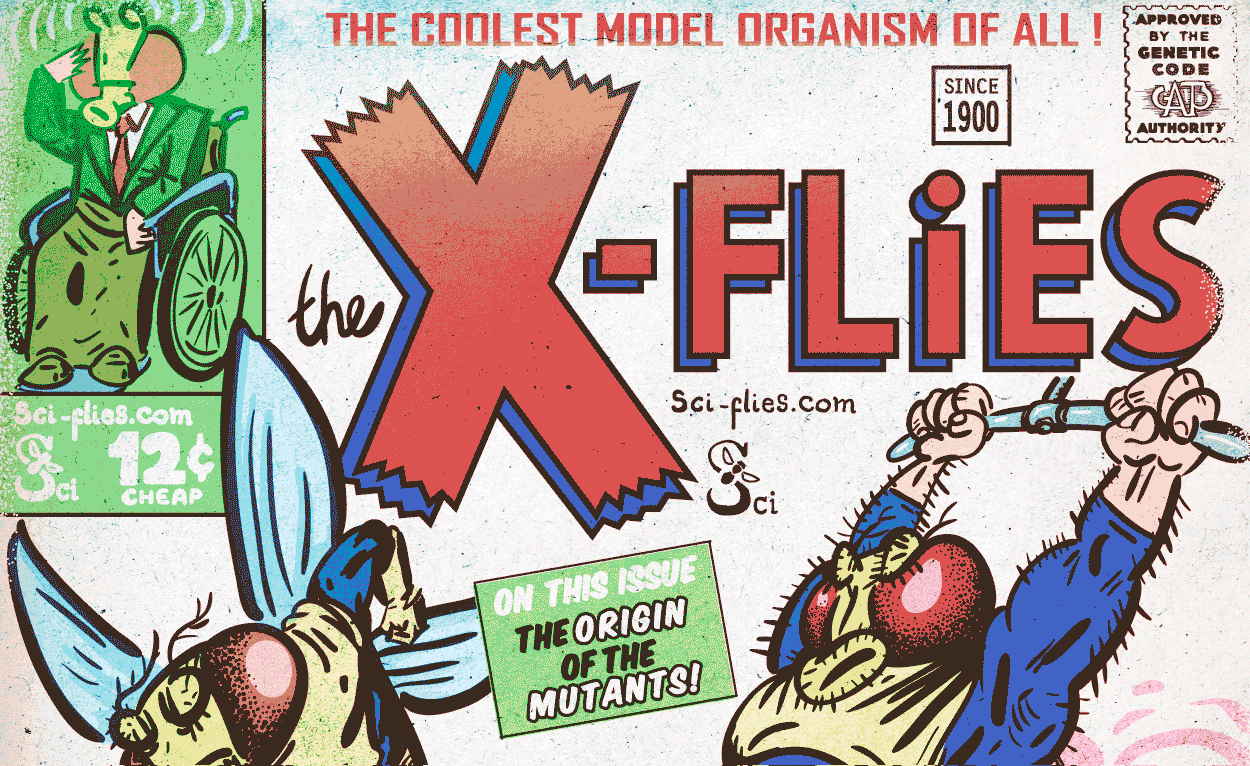
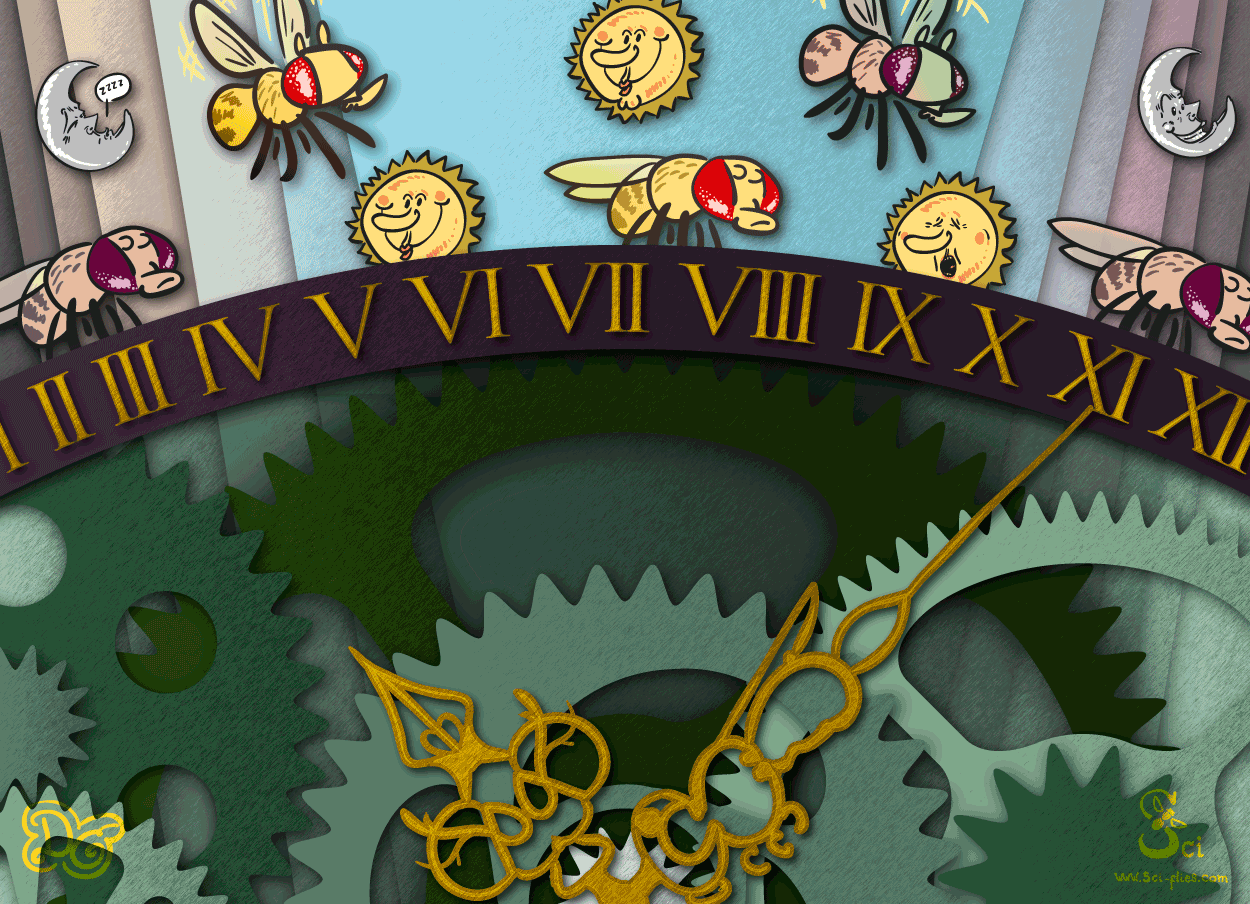
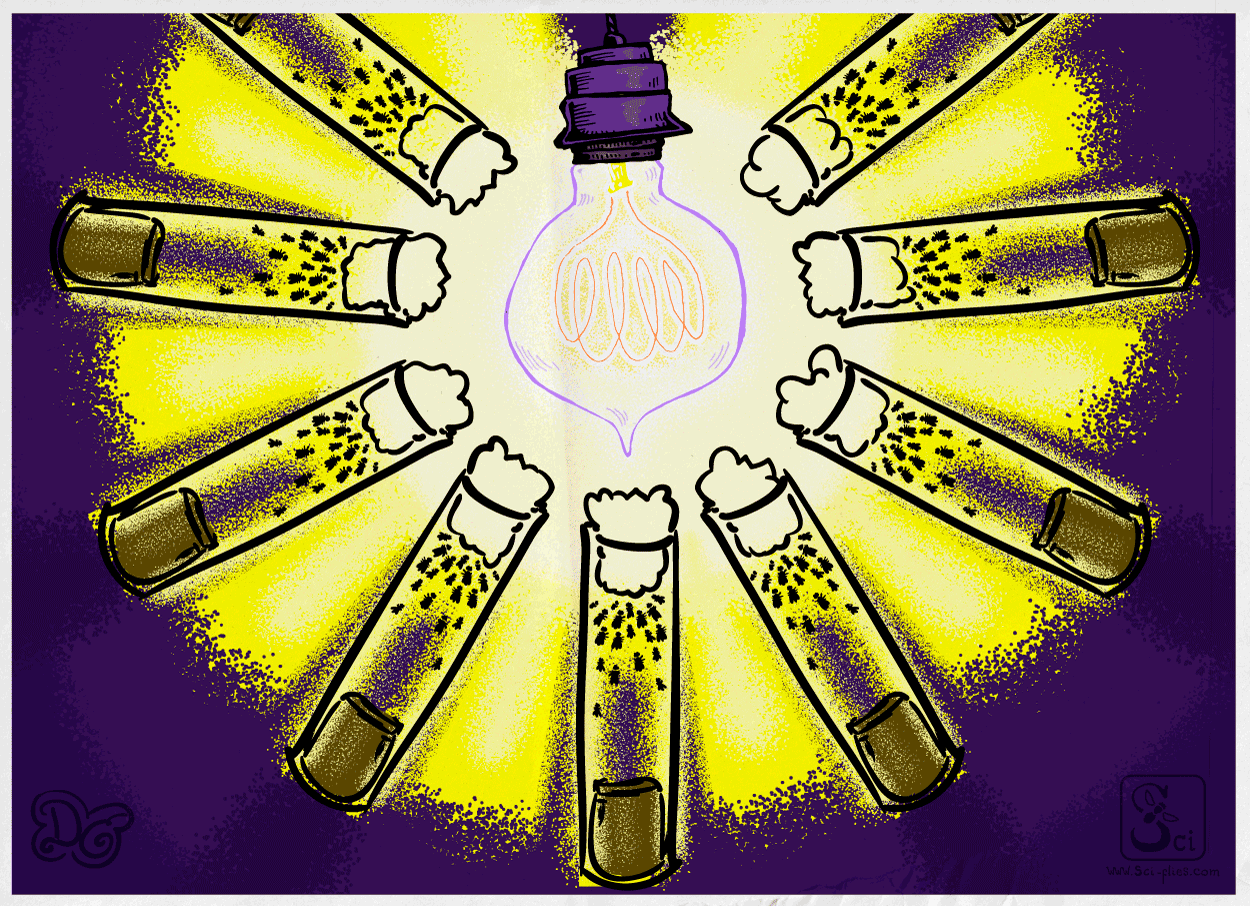
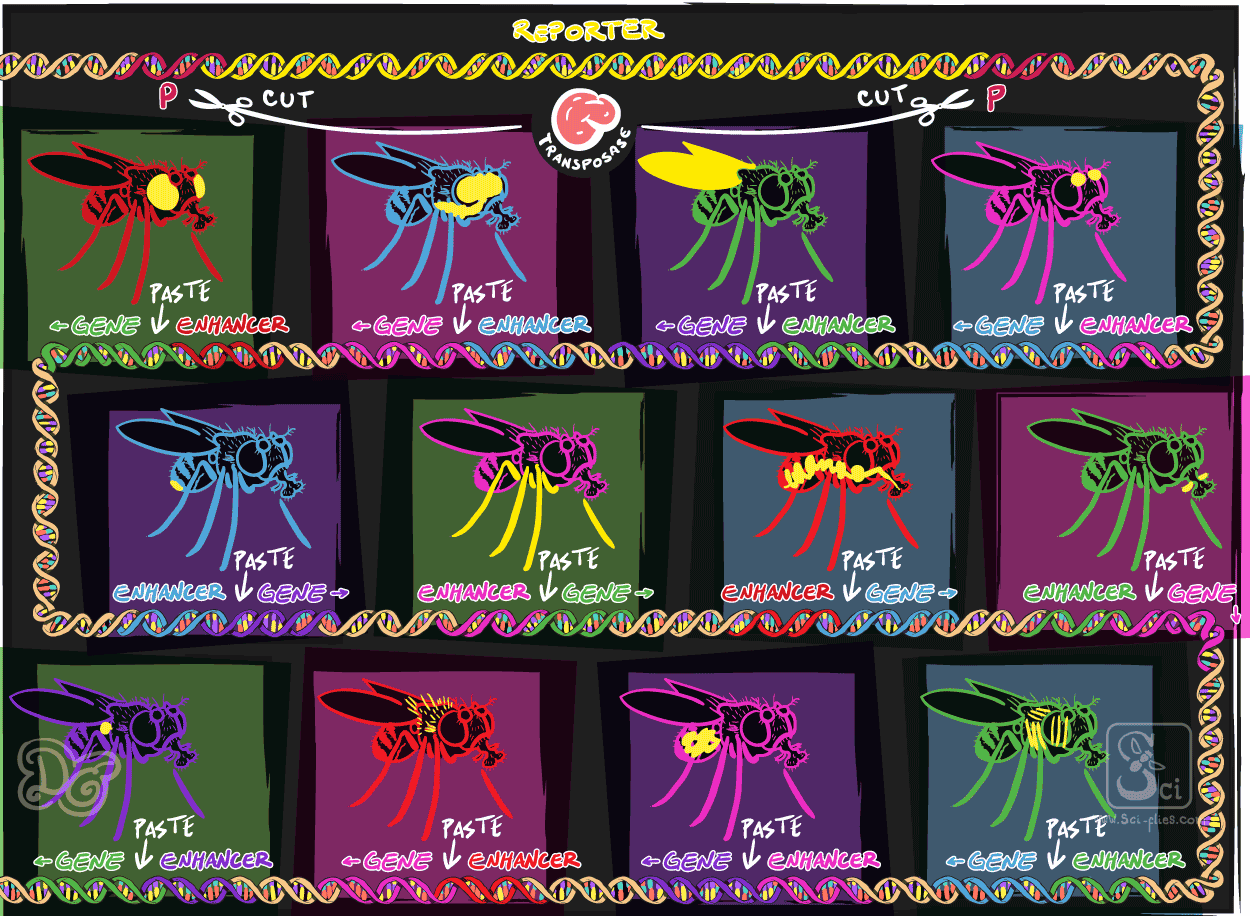

Excelente!!!!!